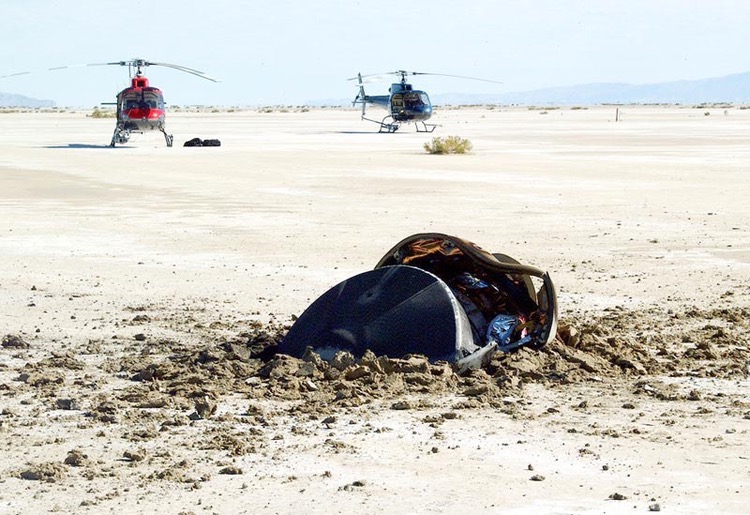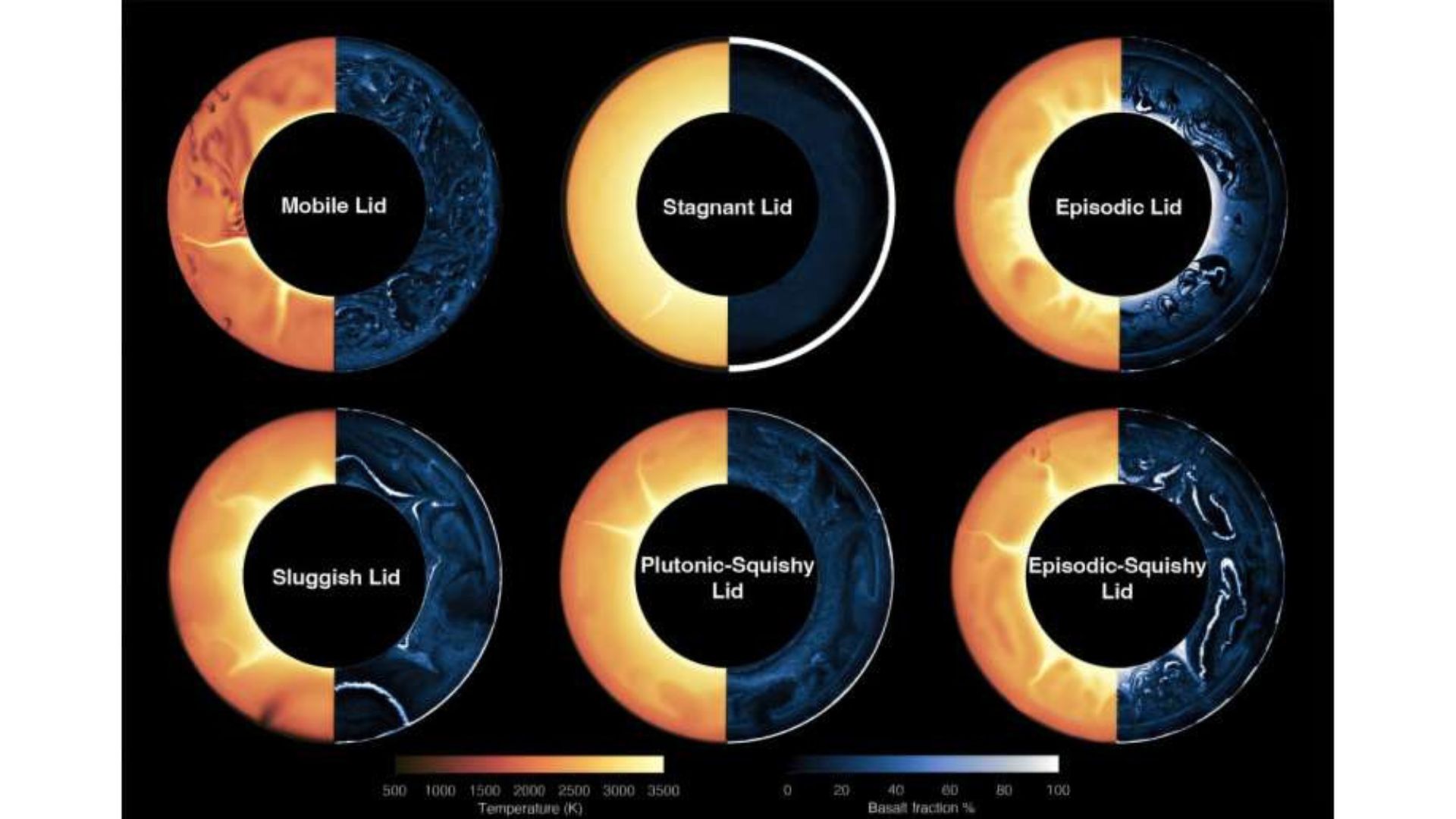Investigators Find Preliminary Cause of Genesis Crash

This story was updated at 4:15 p.m. EDT.
A design flaw in the reentry system of NASA's Genesis space probe has been pinned as the most likely cause behind the spacecraft's wild plunge into the Utah desert last month, according to the incident's chief investigator.
Michael Ryschkewitsch, head of the Mishap investigation Board (MIB) investigating the Genesis crash, told reporters today that four gravity-switches aboard the probe's sample return capsule were installed backwards based on flawed spacecraft schematics. That fundamental error, which occurred in both the primary and redundant gravity-switch systems, looks to have caused Genesis' uncontrolled fall back to Earth on Sept. 8.
"One of the questions we're asking is, 'How did we not catch this?'" Ryschkewitsch said of the Genesis design error during an afternoon teleconference. " We're just getting into the meat of this investigation."
The Genesis spacecraft and its sample return capsule were assembled following NASA's loss of the Mars Polar Lander - which crashed on Dec. 3, 1999 - and subject to a number of additional reviews and studies in the wake of that failure.
While an overheating battery afflicted Genesis early in its mission, the mission still appeared to be going well as it brought back solar wind samples to Earth last month. But instead of deploying its parafoil and being snatched up by a waiting helicopter, Genesis' sample return capsule slammed into Earth at nearly 200 miles (322 kilometers) an hour. The impact shattered the spacecraft's fragile solar wind collectors, which NASA researchers are currently examining at Johnson Space Center.
Genesis' gravity-switches were responsible for detecting the spacecraft's braking motion when it began the high-speed reentry into the Earth's atmosphere. The pencil-thick cylinders are small, about three-quarters of an inch, and from the outside quite easy to mix up which end goes where, investigators said.
Breaking space news, the latest updates on rocket launches, skywatching events and more!
The switches were expected to sense the braking, then initiate the timing sequence that would deploy a drogue parachute and parafoil and their appropriate times. The entire sequence takes about 5.5 seconds. Only two of the four switches aboard the capsule had to work properly to secure the probe's safe return, but that didn't happen.
"This is a redundant system, but because of the design flaw, the exact same flaw is repeated in both systems," Ryschkewitsch said. "In that case, redundancy does not buy you any increase in reliability."
The same types of switches are used on NASA's Stardust comet sample return mission due back to Earth in 2006, but researchers said preliminary studies show they were installed correctly.
Built by Lockheed Martin, the Genesis sample return capsule has been scrutinized by MIB investigators and Lockheed engineers at the aerospace company's Waterton, Colorado facility. While Lockheed engineers were responsible for drawing up the design plans for spacecraft assemble, Ryschkewitsch said his investigation team is still looking into why the mistake was not caught throughout Genesis' construction and shakedown periods.
"Failures like this always have multiple causes," he said, adding many reviews by were conducted during the spacecraft's assembly.
Parts of the capsule are still under examination, including a battery that concerned Genesis managers earlier in the spacecraft's flight. That battery has been shipped to NASA's Jet Propulsion Laboratory (JPL) in Pasadena, California for a detailed analysis. Meanwhile, investigators will continue to study the entire sample return capsule, working through all their fault trees by the end of November.
The science goes on
NASA researchers remain confident they can cull science from the shards of Genesis and have tagged 3,000 pieces for later study.
"We have a huge project here in taking a couple hundred of individual collectors that have been shattered into about 10,000 shards," said Carleton Allen, astromaterials curator at JSC where the Genesis samples are being processed. "We'll never know where on each of these [collector] arrays the shards came from, but the interesting science depends on which array they came from."
Allen told SPACE.com that his team should be able to determine to which of Genesis' five collector arrays each of the shards belongs because each array had a different thickness. His team has already cleared some samples for analysis by independent researchers, though it could take up to another 12 months before all of the sample shards have been prepared.
"We had certainly not planned for all of the collectors to be shattered, but we did plan for at least some of them to be," he said. "There were a lot of smart people that worked on this mission, and a lot of that planning is coming to aid here."
- Genesis: Complete Mission Coverage

Tariq is the award-winning Editor-in-Chief of Space.com and joined the team in 2001. He covers human spaceflight, as well as skywatching and entertainment. He became Space.com's Editor-in-Chief in 2019. Before joining Space.com, Tariq was a staff reporter for The Los Angeles Times covering education and city beats in La Habra, Fullerton and Huntington Beach. He's a recipient of the 2022 Harry Kolcum Award for excellence in space reporting and the 2025 Space Pioneer Award from the National Space Society. He is an Eagle Scout and Space Camp alum with journalism degrees from the USC and NYU. You can find Tariq at Space.com and as the co-host to the This Week In Space podcast on the TWiT network. To see his latest project, you can follow Tariq on Twitter @tariqjmalik.
